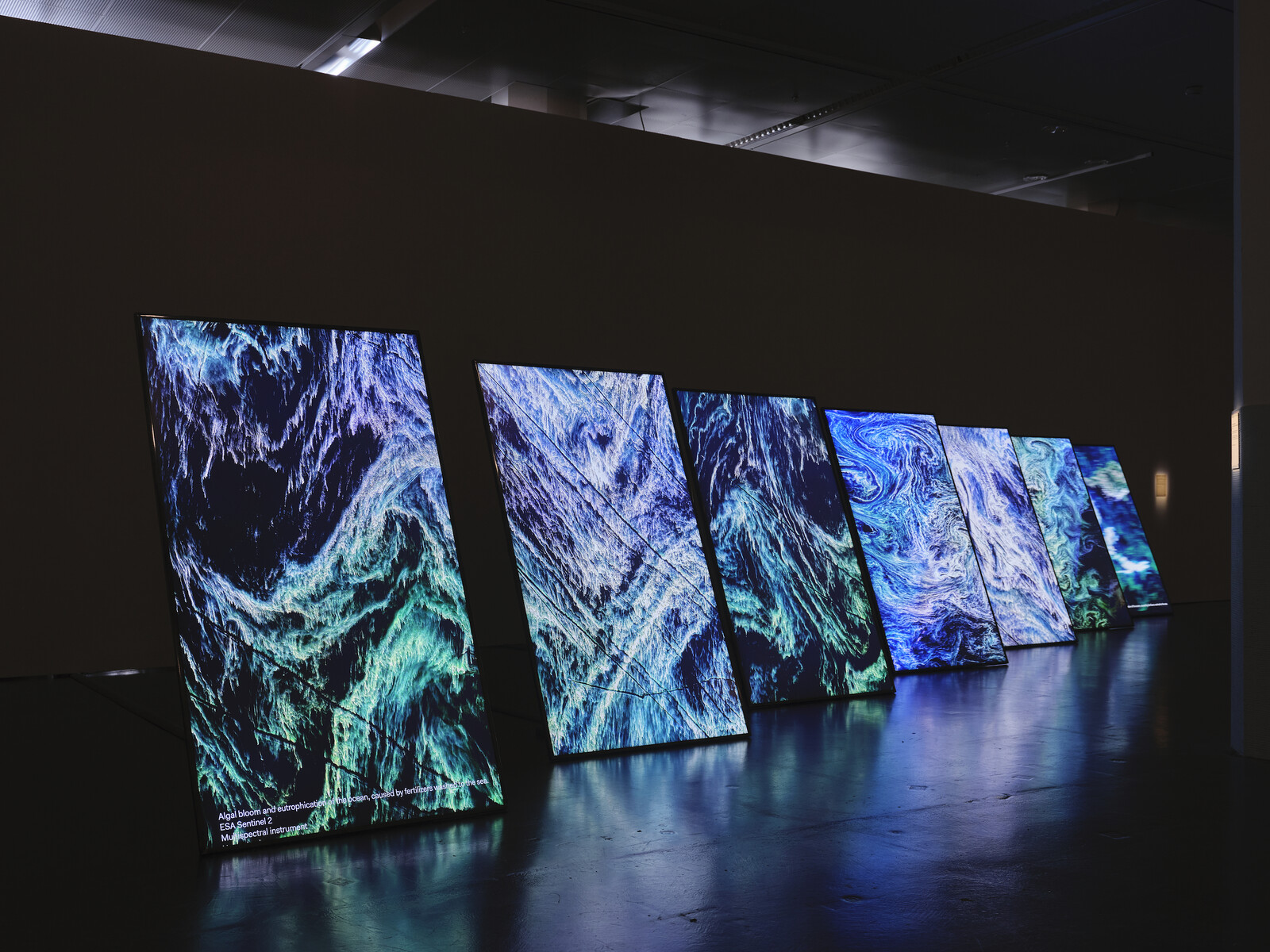Categories
Subjects
Authors
Artists
Venues
Locations
Calendar
Filter
Done
December 21, 2020 – Feature
Bruno Latour and Peter Weibel (Eds.), Critical Zones
Sam Solnick

One of the many ways that I ameliorated my lockdown boredom was to watch David Attenborough’s new Netflix show Our Planet. Each episode begins with a shot of an “Earthrise”—our planet emerging into view as if we were standing on the moon—while the nation’s favorite grandfather intones a warning about the declining “wonders” of the natural world, and insists that we must act so that “people and nature thrive.” These are laudable sentiments but, as suggested by Critical Zones, a gargantuan new collection of multi-disciplinary writings edited by Bruno Latour and Peter Weibel and published alongside the eponymous exhibition at Karlsruhe’s ZKM Center for Art and Media, such planetary long-views from space can be part of the problem.
Attenborough’s narrative of biodiversity loss focuses on one species’ (humans’) capacity to wreak massive environmental change in the fifty-odd years since Earth was first photographed from the moon. However, as Timothy M. Lenton and Sébastien Dutreuil’s entries in Critical Zones explain, life (as in the totality of everything that lives) has always adapted the planet, albeit on a different time scale. Life is not a passive actor adapting to an inert environment; it transforms that environment, making it habitable. Earth is, …